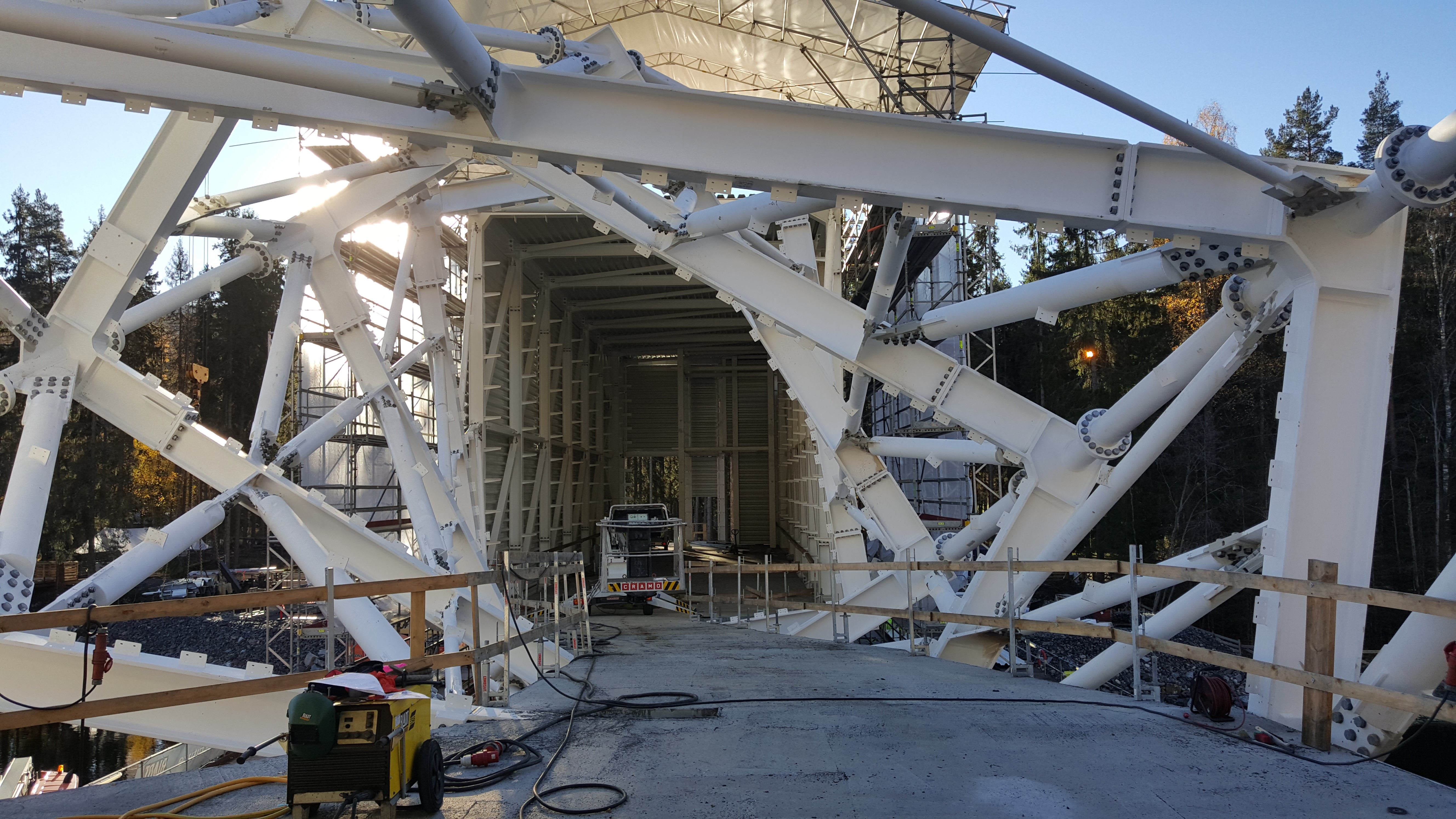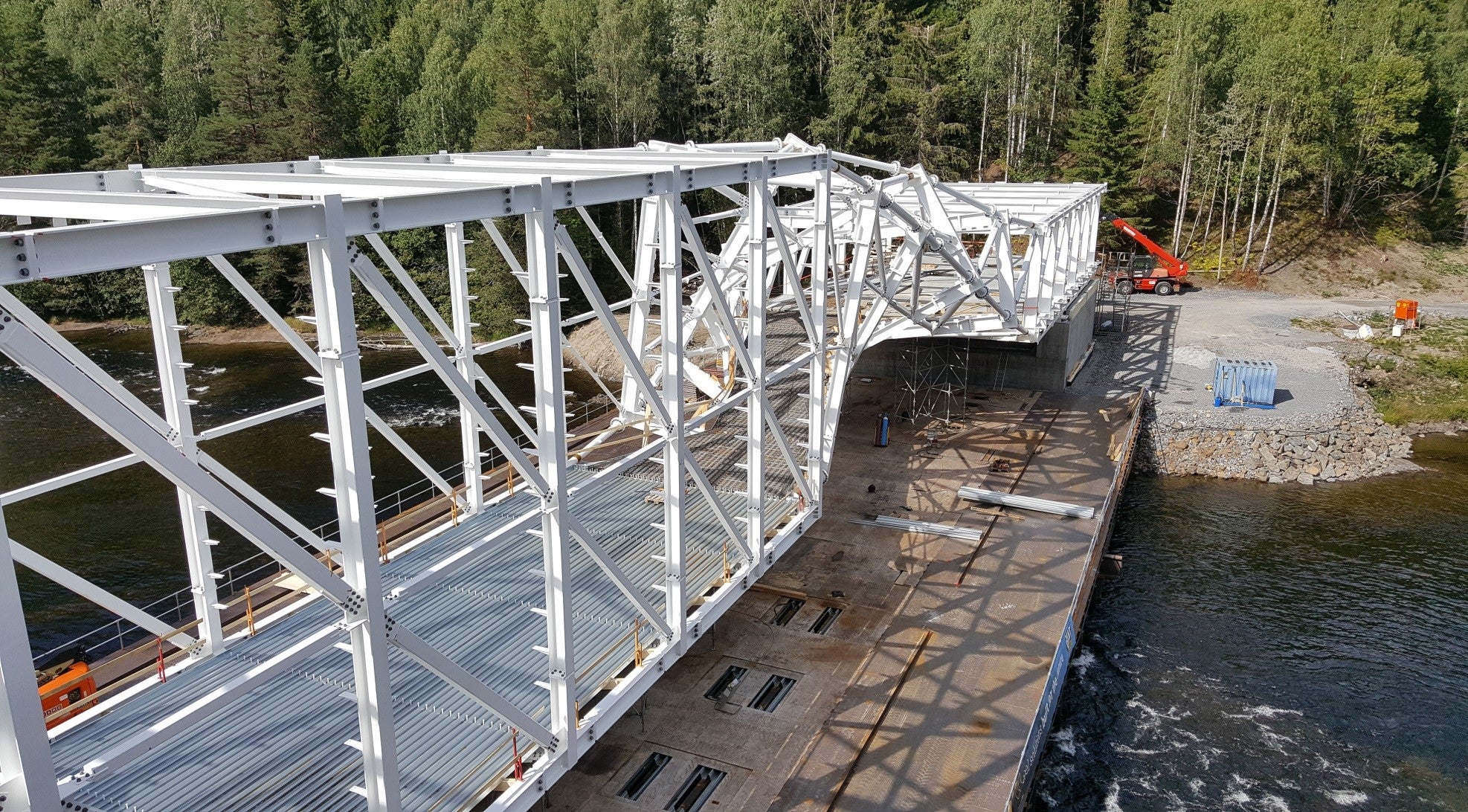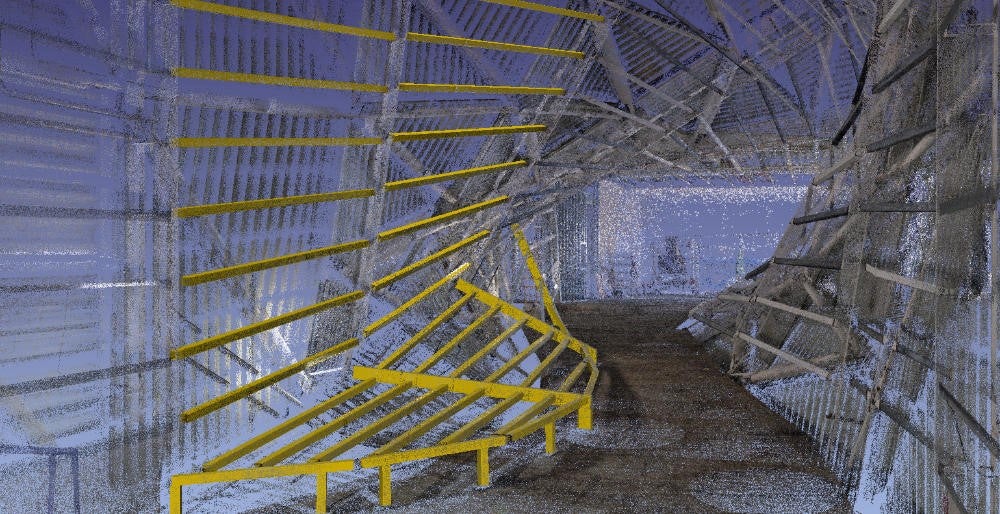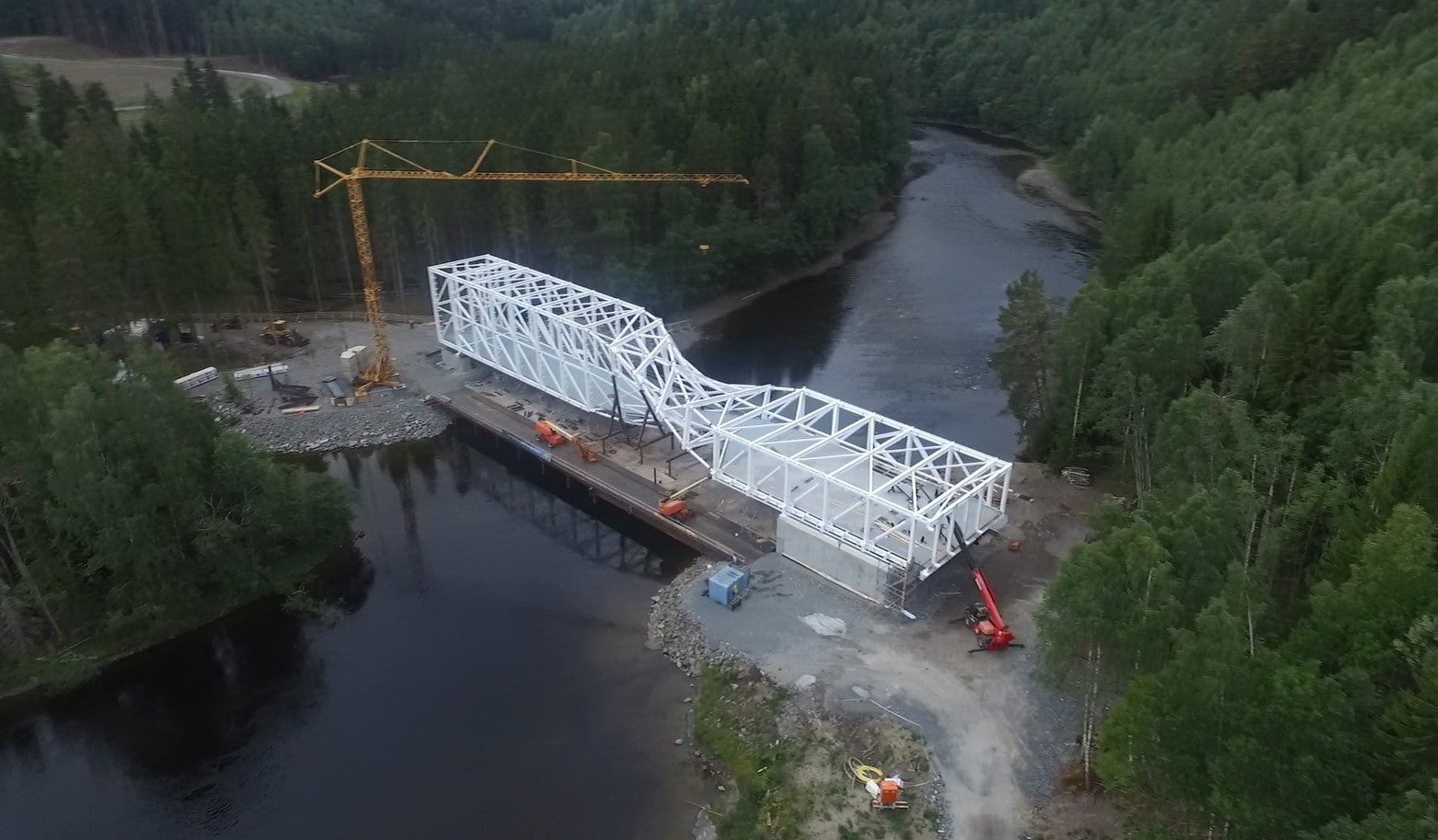A Norwegian museum with a structural engineering twist
About the project
Situated in an area of natural beauty, the project team faced the challenge of integrating "The Twist" into its environment with minimal disruption. The structure's design and construction needed to be carried out with sensitivity to the surrounding landscape, ensuring that the ecological impact was minimized. The project required the harmonious integration of art, architecture, and nature.
At the heart of "The Twist" Museum's concept lies a daring architectural vision: a simple rectangular structure subjected to a dramatic 90-degree twist at its center. This design principle required the deep integration of architectural creativity with structural engineering acumen. Rambøll, the engineering firm behind this ambitious project, initially concentrated on the design and optimization of steel connections. However, as the project's scope expanded, so did the need for the IDEA StatiCa Connection application to address comprehensive structural analyses and optimizations across the museum's twisted form.

Denmark
The integration of IDEA StatiCa was instrumental from the onset, facilitating not just connection designs but also enabling a holistic approach to structural challenges. Combined with Tekla Structures and Robot Structural Analysis through BIM integration, this not only streamlined the design and analysis processes but also fostered a collaborative platform for architects, engineers, and project stakeholders, which underscored the project's technical ambitions and structural feasibility within a cohesive digital framework.
Engineering challenges
"The Twist" presented a unique set of engineering challenges, rooted primarily in its distinctive geometry. The project's signature twist significantly complicated the structural design, introducing unconventional angles and load paths that defied standard engineering approaches. This complexity necessitated a level of precision and innovation that traditional design tools could not provide. IDEA StatiCa Connection became pivotal in addressing these challenges, offering advanced modeling capabilities and analysis to navigate the project's intricate geometries and ensure structural integrity amidst the twisted form's unconventional stresses and strains.
Moreover, the project's initiation phase saw Rambøll facing the challenge of transforming beams into unusual shapes to accommodate the twist, which significantly impacted the load-carrying capacity of the structure. IDEA StatiCa's capabilities expanded beyond just steel connection design to optimizing the entire steel framework, alongside additional responsibilities encompassing MEP and HVAC systems. This multifaceted approach in managing complex geometric connections was critical in ensuring the structural design's alignment with the project's architectural vision.

Denmark
Solutions and results
IDEA StatiCa played a pivotal role in addressing the many project challenges. Its speed and export features from Tekla Structures were crucial for efficient design and calculations. The software enabled Rambøll to handle complex geometric connections, particularly for the steel structure. Additionally, IDEA StatiCa's interoperability with Robot Structural Analysis facilitated the seamless integration of the designs. The project saw substantial material savings, including a 30% reduction in steel tonnage, alongside significant time savings in connection design.

Denmark
Complex geometric challenges
The museum's design, characterized by its 90-degree twist, introduced unconventional angles and connections not typically encountered in standard construction projects. IDEA StatiCa Connection allowed Rambøll's engineers to model, analyze, and optimize these complex geometric connections efficiently. The software's capability to handle non-standard geometries and loads directly contributed to developing effective structural solutions that maintained the integrity and aesthetic vision of the museum.
Optimization of steel connections
Initially, the project's scope for Rambøll included optimizing steel connections, a task that expanded to full structural optimization as the project progressed. IDEA StatiCa Connection was instrumental in this phase, enabling the team to explore various design alternatives quickly, ultimately leading to a design that was both structurally sound and material-efficient. The application's advanced analysis capabilities ensured that each connection met the necessary strength, stiffness, and stability requirements, despite the unconventional stresses imposed by the twisted design.
Integration with Tekla Structures and Robot Structural Analysis
One of the key advantages of using IDEA StatiCa Connection was its seamless interoperability with other engineering software, notably Tekla Structures and Robot Structural Analysis. This integration facilitated a streamlined workflow, allowing for the efficient transfer of models and data between applications. The ability to export features from Tekla Structures into IDEA StatiCa and the compatibility with Robot Structural Analysis enhanced the project's efficiency, enabling rapid iterations and adjustments to the design based on detailed analysis results.
Material and time savings
Utilizing IDEA StatiCa Connection led to significant material savings, with an estimated 30% reduction in steel tonnage. This reduction not only implied cost savings but also aligned with sustainability goals by minimizing resource usage. Moreover, the software's efficiency in designing and checking connections resulted in considerable time savings, accelerating the project timeline without compromising the quality or integrity of the structural design.
Innovative design solutions
The project highlighted IDEA StatiCa Connection's ability to support innovative design solutions, such as the introduction of thicker web plates in critical areas to enhance connection stiffness. This solution, derived through detailed analysis within IDEA StatiCa, exemplified how the software could identify and facilitate adjustments that traditional design methods might not easily uncover.
A blend of location and functionality
This innovative structure not only serves as a museum but also acts as a bridge spanning the Randselva River, effectively connecting two previously separate areas of the park. The strategic placement and architectural design of "The Twist" have had a profound impact on its location in several ways.
By functioning as both a museum and a bridge, "The Twist" has significantly improved the accessibility and connectivity within the Kistefos Sculpture Park. Visitors can now easily traverse the park, exploring its various sculptures and natural features without the need for lengthy detours. This dual functionality has effectively transformed the visitor experience, making the park more cohesive and navigable.
Încercați IDEA StatiCa gratuit







